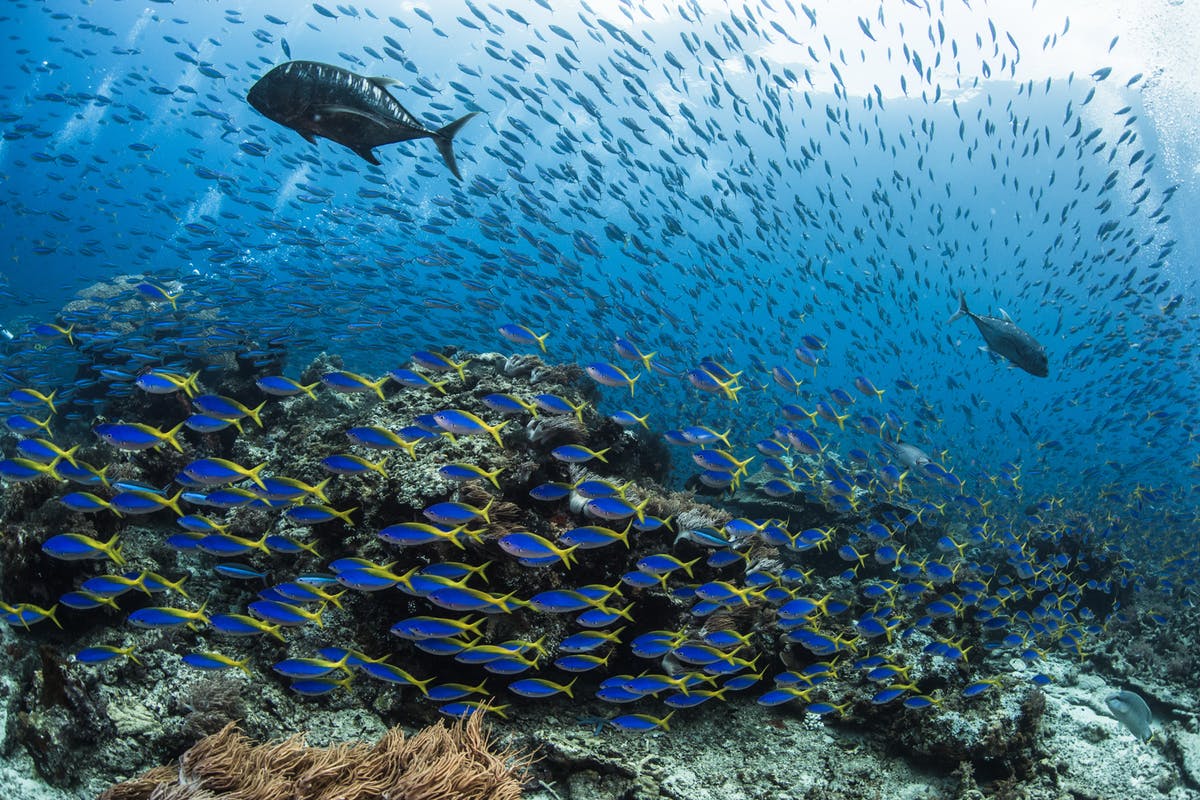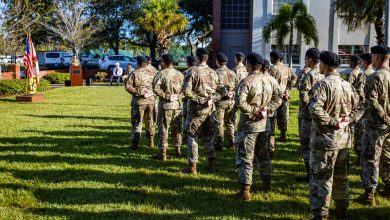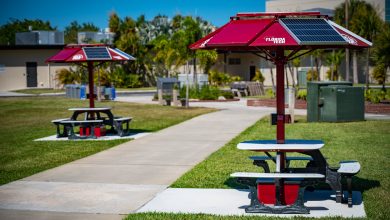Students Find Marine Protected Areas Foster Healthier Fish
As fish populations continue to decline thanks to over-fishing, many governments have responded by establishing marine protected areas. Due to the lack of knowledge about the benefits of marine protected areas, they often face opposition from communities that rely fishing as their main source of income.
This is an especially contentious issues for island nations like the Philippines where biomedical science major LeAnn Michel and marine biology major, Erin Casellas, studied the value of marine protected areas (MPS) for their student research project.
Fishing communities around the world continue to depend on fishing for their livelihood and may not understand why a limitation of available fishing populations can benefit both the ecosystem and their own activities
Michel and Casellas’s student research project addressed how marine protected areas influence the growth, health, and reproduction of fish within and outside of the protected areas.
“While researching MPAs, we learned how few are effectively protected around the world,” said Casellas.
Michel and Casella were surprised to find that although there is a higher reproduction rate within marine protected areas, there is no significant difference in the size of the fish within the protected areas versus outside of the protected areas. But, they concluded that the fish were growing faster, healthier, and larger in the protected areas and were then forced into fished reefs due to lack of space and resources within the limited protected areas.
“It was surprising that the size did not impact the rate of reproduction, so we hope to continue this study to learn what mechanisms do control healthy reproduction,” said Casellas.
Casellas is interested in continuing to build upon the research she has already conducted to more fully understand the positive effects marine protected areas have on local ecosystems, and find ways to spread awareness for their value around the world.
Michel and Casellas presented their findings at the 2018 Northrop Grumman Engineering & Science Student Design Showcase where they got a taste of how important effectively communicating their research goals and objects are.
“This experience has not only given me insight into a career path that I am now even more confident that I want to pursue, but has also given me valuable experience in sharing my research with professionals and answering difficult questions,” said Casellas.
Casellas added that the showcase experience also gave her confidence and motivation to pursue a career in research.
“The experience made realize that this is the reason behind getting my degree in the first place. It is a great opportunity to practice what we take courses on, and draw the connection between them all. An opportunity like this also gives me confidence because I now know that the next time I am presented with a similar task, I will already have background experience in analyzing data from start to finish and presenting it.”
To learn more about student design and research, visit www.fit.edu/student-design





